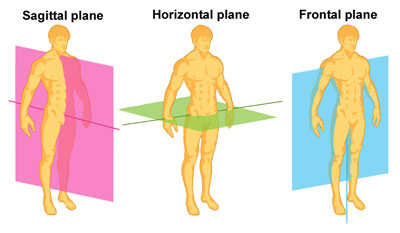Driving and Dynamic Sitting – Floor Practice
Mostly back-lying. Begins and ends in floor-seated. With explorations and benefits for all sitting situations, this lesson uses imagery of being in the driver's seat to promote lively, dynamic sitting and turning while negotiating the challenge of a typical "bucket" car seat. Postural expressions of rounding and arching are clarified, then used to improve the range, comfort, and awareness of whole body turning movements.
Got a question for Nick, or a thought about this lesson?
Use the comments section below! Public comments build our community and help search engines find us.






Hey Nick. Thanks for this wonderful lesson. Driving 1. I’m in process of preparing for hip replacement surgery and managing quite a deal of pain and instability. This lesson allowed me the freedom of imagining fluidity of movement I haven’t felt for a while. Thank you. I’ve a long drive tomorrow to see my acupuncturist so very timely to do it. Got off the floor feeling like a revitalised woman.
I’m so appreciative of the work you do, and link often others to your site.
Warm regards and blessings on your generosity.
Yoni
Thank you so much for your kind words, and for sharing this application of the lesson. There’s such a beautiful wisdom in acknowledging “the freedom of imagining fluidity of movement I haven’t felt in a while.” Imagination is unfortunately often under-utilized in healing. Thanks for sharing your experience and spreading the word about my lessons!
That was a great lesson Nick. Can’t wait for my next long distance flight to see what difference it makes
Best wishes
Wonderful lesson! I’ve often wondered about the design of the bucket seat and find that I am more comfortable but they small pillow behind my lumbar spine . In the lesson, I found that I had a much greater range and ease of movement when I avoided the bucket seat position explaining why I am so much more comfortable on long drives with my pillow!
I really like your guidance with invitation to explore different movement options!
I love your lessons, Nick! I have been doing Feldenkrais for more than 30 years (it has kept me going through a “sensitive” back and 2 hip replacements; I’m 69 and still riding my horse well!!!). I’m very familiar with many of the lessons, but I find your approach and guidance is fresh and clear. They make me feel wonderful! Thank you.
Thank you. That was quite delightful. I love the imagary of ‘nodding’ chin and pelvis towards and then away from each other. I feel taller and ‘freer’. I really appreciate the way you cue us through the lessons. Best wishes.